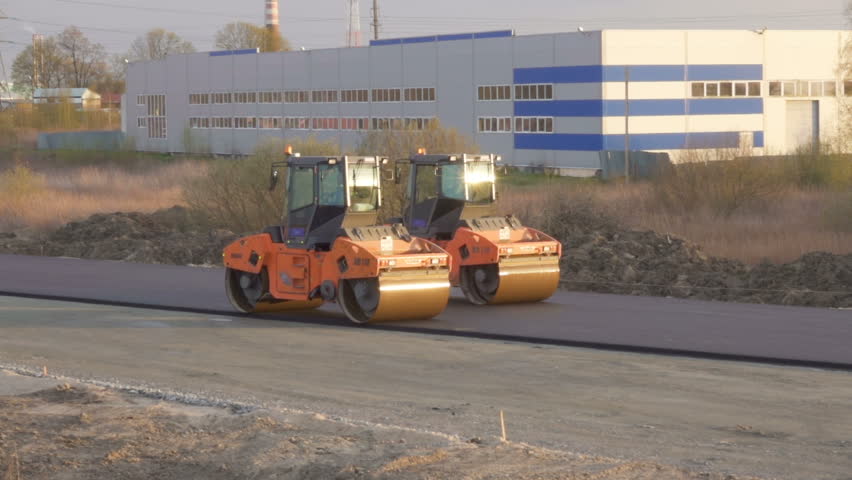In the matter captioned Wilson v. Dura-Seal, --S.W.3d (March 21, 2017), the Missouri Court of Appeals considered "negligent construction claim against paving contractor" where the injured party claimed that "that she fell as a result of the height differential between the gutter area and the new asphalt poured by contractor." Id. The trial court had granted summary judgment in favor of the contractor and the appellate court affirmed.
The defendant contractor had performed work, an asphalt overlay of a drive lane, at a school. The work was performed, invoiced, and paid by the school. But apparently, the work was not up to par. It was undisputed that the contractor failed to pave up to the curb and instead left a “gutter area” where the "asphalt in the drive lane [was] taller than the gutter area in between the drive lane and the curb." The injured plaintiff claimed the height differential was "three to four inches." Id.
In order for the plaintiff to proceed against the contractor, the plaintiff needed to present evidence that the school had not yet "accepted the contractor's work" and that the contractor "was still in control of or had a right to control the area." Otherwise,“[a]fter [an] owner accepts a structure, the general rule [under the Acceptance Doctrine] is that a general contractor is not liable to persons with whom he did not contract." Id. The court was not persuaded that the plaintiff had raised a question of fact as to control, especially where the contractor had been off the site for 2 months and had been paid by the school. Likewise the court was unpersuaded that the plaintiff has raised sufficient way around the Acceptance Doctrine -- for example that the drive lane was left in "an imminently dangerous condition," which would "operate[] to impose liability on a contractor, even after the owner has accepted the contractor's work." The court noted that "the road was in plain view and discoverable through inspection" and therefore not imminently dangerous. Moreover, that the contractor had warranted its work to the school for a year did not change the analysis either -- the contractor had not expressly assumed any "greater liability to third parties than is commonly the case under the acceptance doctrine." Id.
Incidentally, the school had already settled with the injured party when the case against the contractor was commenced. It was not evident from the decision whether the school ever attempted to recoup its settlement payments from the contractor. Also worthy of note is that the Restatement (Second) of Torts § 385 takes a different approach to depart from the Acceptance Doctrine: "One who on behalf of the possessor of land erects a structure or creates any other condition thereon is subject to liability to others upon or outside the land for physical harm caused to them by the dangerous character of the structure or condition after his work has been accepted by the possessor, under the same rules as those determining the liability of one who as manufacturer or independent contractor makes a chattel for the use of others."
--------------------------
The author, Katharine Kohm, is a committee member for The Dispute Resolver. Katharine practices construction law and commercial litigation in Rhode Island and Massachusetts. She is an associate at Pierce Atwood, LLP in Providence, Rhode Island. She may be contacted at 401-490-3407 or kkohm@PierceAtwood.com.
)
No comments:
Post a Comment